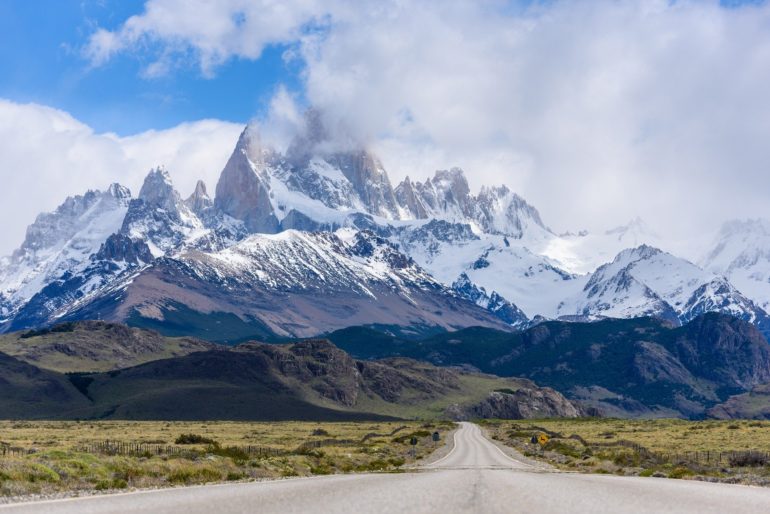Compared to most other bear species, very little is known about how female Andean bears choose where they give birth to cubs. As a critical component of the reproductive cycle, birthing dens are essential to the survival of South America’s only bear species, listed as Vulnerable on the International Union for Conservation of Nature (IUCN) Red List of Threatened Species.
A new study led by Russ Van Horn, Ph.D., published in April in the journal Ursus, takes the most detailed look yet at the dens of this species. Van Horn, a population sustainability scientist, leads San Diego Zoo Wildlife Alliance’s Andean bear conservation program. He was joined by colleagues from the University of British Columbia’s Department of Forest and Conservation Sciences and the Spectacled Bear Conservation Society. The study’s findings may aid conservation planners in locating den sites or guiding management for suitable bear habitat.
“The characteristics that seemed to influence the use of sites for dens can be measured and modeled by spatial ecologists, facilitating plans to manage human activities where females may choose to give birth,” said Van Horn.
The scientists examined eight dens used by female bears between 2008 and 2013 in the equatorial dry forest of Cerro Venado (pronounced Ser-o Ven-ah-doe) in Northwest Peru. Prior to this study, just two Andean bear birthing dens had been formally described. The team accounted for a range of factors affecting the dens, such as how easy they might be for predators to enter, and characteristics of the surrounding environment, including the steepness of surrounding slopes, the proximity of human activities and the availability of food and water.
Though not conclusive, the data suggest some similarities among the dens. All were preexisting cavities shaped in the ground by rocks that were less than 16.4 feet (5 meters) from a cliff and on relatively steep terrain. Simply stated, the dens were generally located in steep, rugged spots that would be difficult for humans or other terrestrial mammals to access.
“Challenging topography makes these dens hard to find and study,” Van Horn said. “But it also makes it less likely that humans will disturb Andean bear females with young cubs, providing them with a baseline level of protection.”
Access to food and water, interior space and entrance size appeared not to be as important. Andean bears live in a wide variety of habitats, and due to unique characteristics of the geographic region assessed in this study, females’ den choice may differ in other areas of their range.
Bear necessities: New study highlights importance of water resources for Andean bears
More information:
Russell C. Van Horn et al, Site characteristics influence Andean bear natal-den selection in dry forest habitat, Ursus (2021). DOI: 10.2192/URSUS-D-19-00036.2
Provided by
Zoological Society of San Diego
Citation:
Study finds topography is key factor in where Andean bear mothers make their dens (2021, May 18)
retrieved 19 May 2021
from https://phys.org/news/2021-05-topography-key-factor-andean-mothers.html
This document is subject to copyright. Apart from any fair dealing for the purpose of private study or research, no
part may be reproduced without the written permission. The content is provided for information purposes only.



